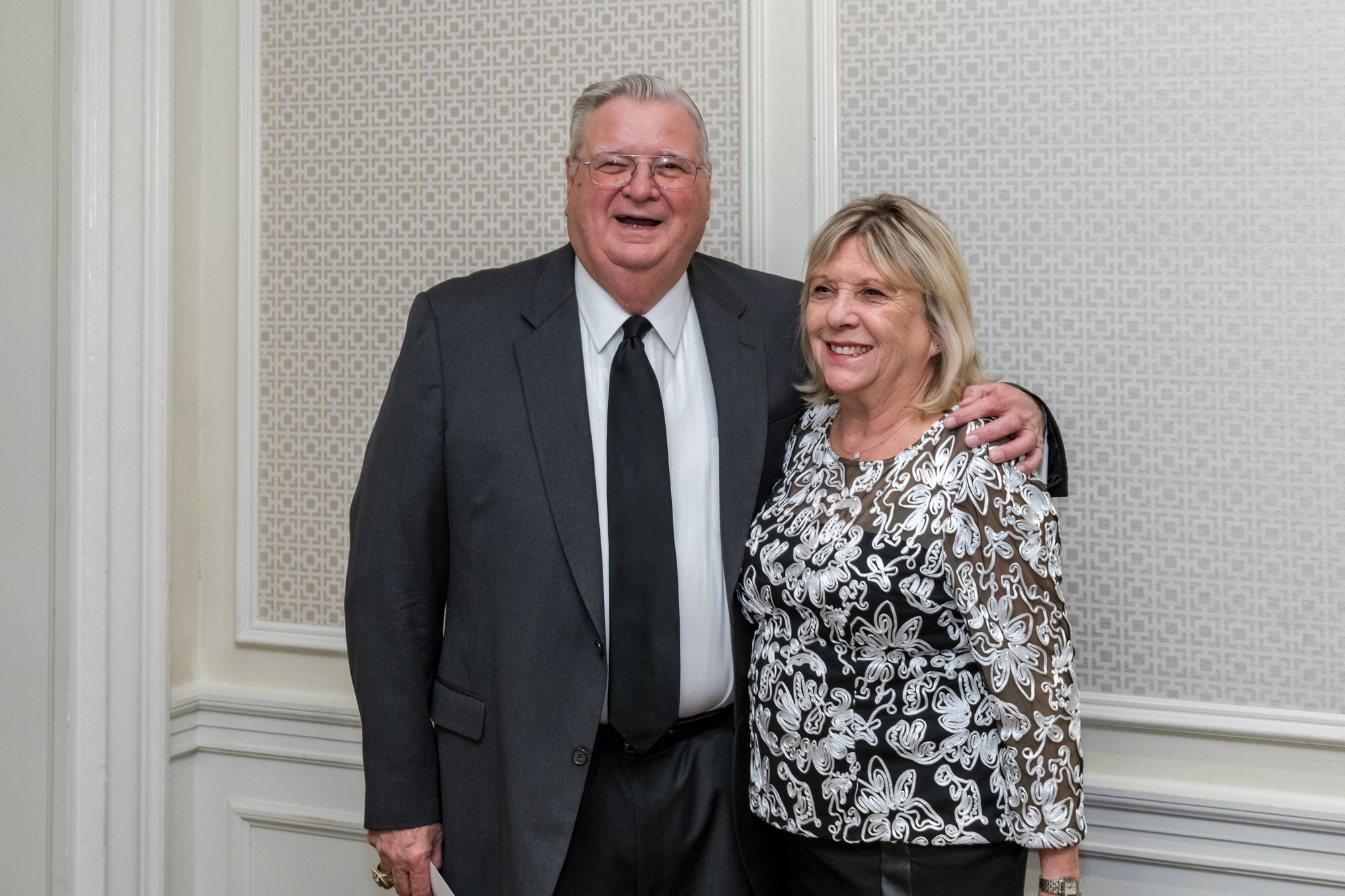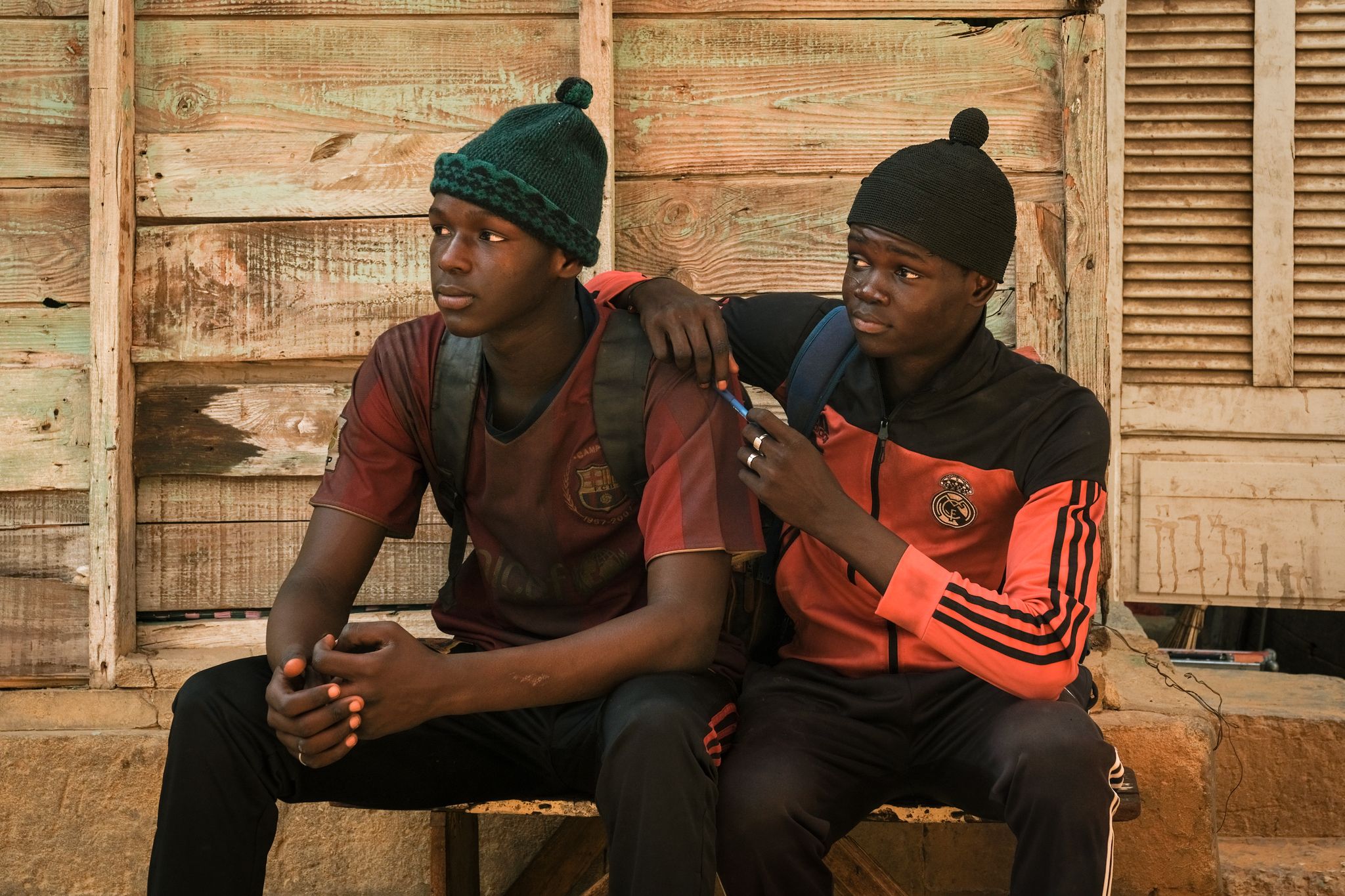“In Italy the most important person who, thanks to his genial intuition, managed to change the archaic organetto into the more powerful and complex accordion instrument, the fisarmonica, is Mariano Dallapè”.
This is how, in a few words, the Italian Music Encyclopaedia tells the story of the man who invented, from scratch, the fisarmonica, an instrument that has become a symbol of Italian music all over the world. Mariano’s story is indeed more interesting and fascinating than what these few lines are able to say.
Born in the South Tyrol region, which belonged – at that time – to Austria, at the age of 20, Mariano decided to leave his hometown and move to Italy. He made his way to Genoa, where his life changed forever. As he started working as stoker miner, he got injured by a mine explosion and had to quit the job.
With no money left, he decided to make his way back home, a journey that turned to be not just long in time but also very special. He carried with him an old Austrian diatonic accordion, called “organetto”, that he had learned to play with ability and passion when he was very young. Along the way home, he decided to do what he loved most – play his instrument. People were amazed by his way of playing it, and he was asked to stop and perform in different courtyards, which helped him make money for food and a bed at night while on the road.
It was in Stradella, a little town in the Pavia area, where the double miracle happened: during his stop in Lombardy, what he considered his travel buddy happened to leak air and to break. Nobody could help the young boy in fixing his organetto, leaving Mariano with no choice other than to repair it himself. He managed to do it so well, that the sound was better than before.
Repairing the organetto was only the first step towards a major change in Mariano’s life. In love with music, he came up with the idea of building a new instrument able to produce a better sound than the one featured by the old Harmonika. In 1876 he started a one-man business to build the new instrument, but it soon turned into a 300 employee company. The “Fabbrica Armoniche Mariano Dallapé e Figlio” became the symbol of “la fisarmonica italiana” worldwide.
In 1890, the introduction of the famous instrument called “tipo Stradella” was such a success that the company could open 38 innovative production laboratories, employing 1,200 people. Dallapé was the only owner of the factory, and his son and successor Onorato Amleto passed away the same year as his father, in 1928. Thanks to his brother’s son, Giuseppe, the factory continued to operate, and gradually expanded its prestige. In 1969, the family business was taken up by Giuseppe’s sons: Mariano, Amleto and Fabio.
The factory would undergo a slowdown after World War II, which worsened in the ‘60s as different musical trends and broader economic difficulties provoked a crisis in the manufacture of accordions and led to a shut down of most factories. Nowadays, only five factories remain in operation.
As time passed, in the new century, the Dallapè faced a new challenge: to stop – in 2010 – the production of the special instrument, although its popularity was again growing. When everything seemed to come to an end, history changed again: a well-known company, Roland electronic musical instrument manufacturing, offered to sign an agreement, through which it would become the owner of the historical Dallapé trademark. The innovative and advanced digital technology from Roland came together with the heritage of the Dallapé instruments to keep the fisarmonica tradition alive.
This also allowed accordionists all over the world to get access to the full range of Dallapé accordion sounds, like the legendary “Liturgica” model from 1871, which has incorporated the voices of a real pipe organ that Giuseppe Dallapé donated to Pope Pio XII in 1942.
The Fabbriche Dallapé’s miracle, starting with Mariano’s amazing story, is still alive in the way the fisarmonica tradition, begun almost by chance in a small Lombardy town, is still considered the key of the new digital sound.































